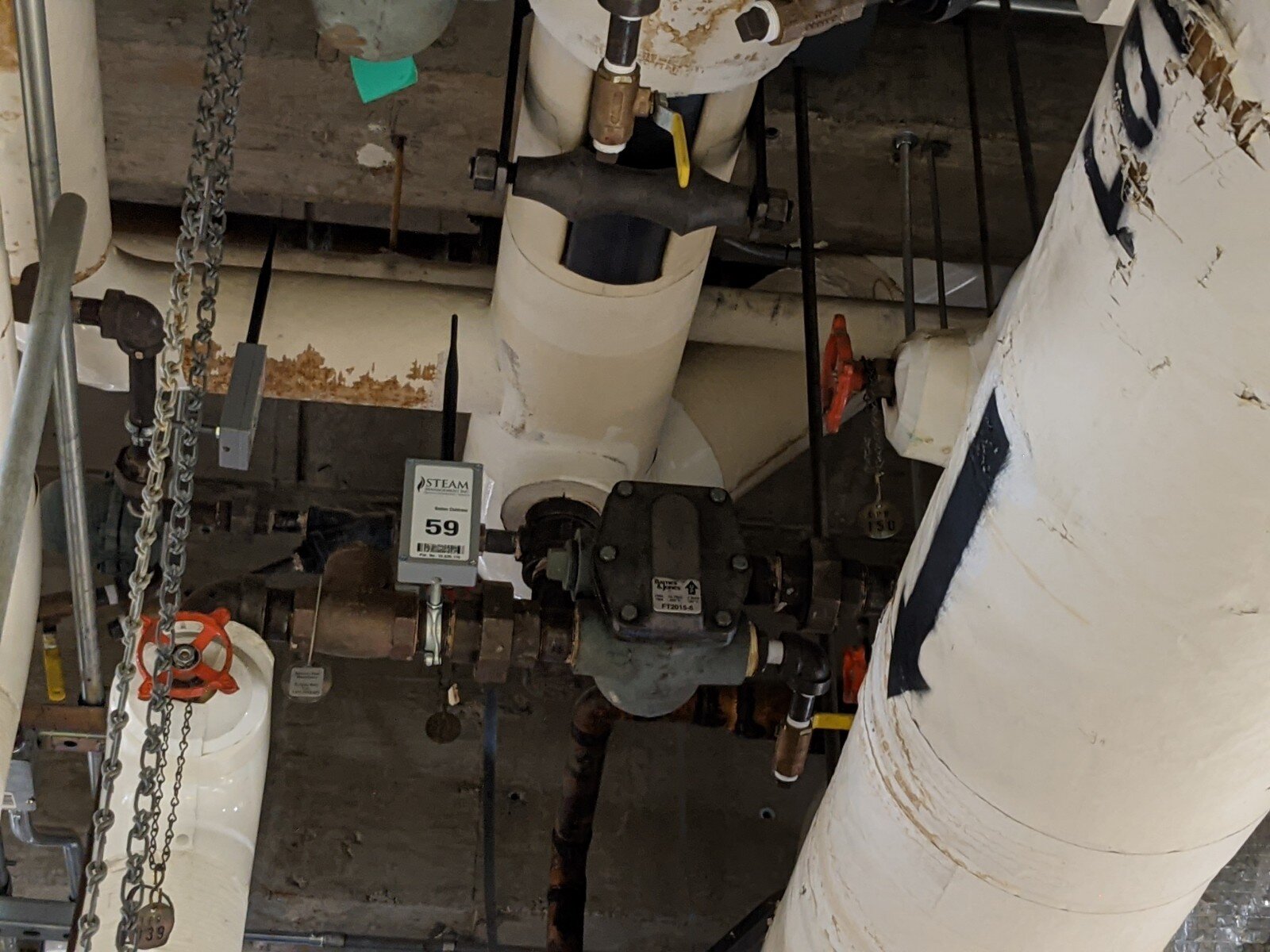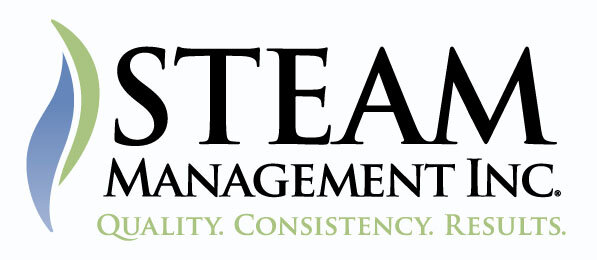
Case Study: Steam Trap Monitoring
Customer:
A Boston institution for over 150 years, this hospital is home to the world’s largest pediatric research enterprise, and it is the leading recipient of pediatric research funding from the National Institutes of Health. The hospital is the primary pediatric teaching hospital for Harvard Medical School.
Problem:
The hospital has fixed steam costs of 17.00/Mlb with embedded tariffs and also pays a contracted surcharge rate for condensate return equivalent to 84% of steam purchased by volume.
As these costs continue to mount, and the customer is working towards its mandated GHG emissions reduction targets, it had become self-evident that a way to analyze steam losses with greater visibility into real-time data was needed.
Until now, the customer has been dependent on the annual steam trap testing model designed to service the public utility rebate incentive program. This incentivized yearly testing program, however, is not able to meet the dynamic changes in system efficiency and maintenance required by a 24/7 steam system.
Common problems with the 3rd party testing model include:
Incomplete steam audits due to access constraints, weather dependent system cycling and equipment outages
False readings due to human error occurring where conditions include condensate backpressure and equipment noise
A fixed point in time trap testing which cannot account for mechanical failures in the weeks and months after the testing is completed
Lack of visibility into real-time data and analytics
SMI Solution:
Test steam traps to confirm that the steam trap inventory, type, make & model, application, and operating pressure data was complete.
Calculate potential steam losses for each steam trap based on either a failed or leaking status to
determine the maximum financial impact of failed traps in the system. These calculations consider steam pressure, annual run-hours, and trap orifice size.Installation of steam monitoring solution to provide real-time monitoring and data analytics for traps that had the most potential for losses and would provide the potential highest rate of return.
Development of a steam condensate heat recovery project to capture heat from condensate billed
at volume and transfer the heat to preheat the domestic hot water generating equipment.
Key Actions:
Install 158 ultrasonic steam trap monitors on traps servicing distribution, air handlers, heat exchangers, humidifiers, and domestic hot water which provides real-time operating status of 78% of the steam trap population
Install 4 cellular LoRaWan gateways to send data directly to the cloud, avoiding internal IT data security limitations
Provide analytic data that includes trap historical trend, real-time steam loss calculator, cycles, temperature, ultrasonic testing and water hammer detection and custom alarm settings
Dashboard enabled job ticket and trap repair tags for maintenance management • Quarterly dashboard review with stakeholders
Provide bi-annual trap testing for remaining non-critical steam trap population and monitoring system retro-commissioning
Design and build condensate heat recovery system to preheat the domestic hot water generators
SMI Impact:
The cost of installing the
monitoring solution
was offset by the repairs
to failed steam traps and paid for itself in 14 months
The condensate heat
recovery system
generated 19,000
therms of natural gas
savings and paid for
itself within 3 months
The hospital in saving
$75,000 per year or
32,000 therms of natural gas in steam usage charges and the corresponding
condensate charges
Reduce carbon emissions by an estimated 270 Metric
Tons or 31 homes’ energy use annually
Schedule an Assessment of Your Facility.
Call our experts to set up a consultation.
(800) 731-0131 ext. 701 | info@steammgt.com


